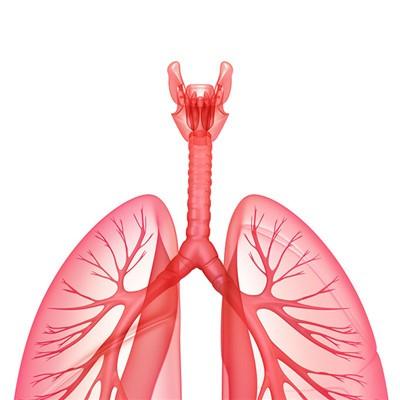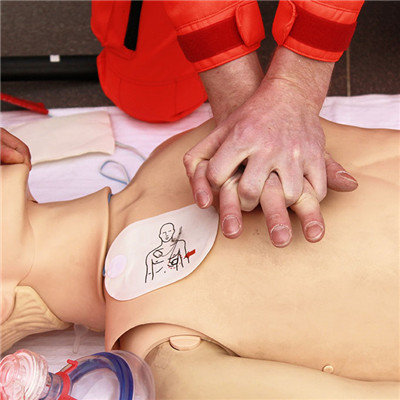How does forearm artery damage do?
summary
Forearm artery injury is mostly caused by sharp instrument injury, and car crash injury is also a common cause. It is more common in young adults aged 20-40. The main forearm arteries are radial artery, ulnar artery, common interosseous artery, superficial palmar arch and deep palmar arch. The arterial network formed by superficial and deep palmar arch has a good compensatory effect, and its collateral circulation is conducive to the compensatory effect of a certain artery trunk injury in forearm. How does forearm artery damage do?
How does forearm artery damage do?
The main forearm arteries are radial artery, ulnar artery, common interosseous artery, and superficial palmar arch and deep palmar arch. The arterial network formed by superficial and deep palmar arch has a good compensatory effect, and its collateral circulation is conducive to the compensatory effect of a certain artery trunk injury in forearm. Most of the injuries are caused by sharp objects. In addition to foreign objects, sharp edges of fractures are also easy to cause damage to adjacent vascular trunks, and arteriovenous fistulas may also be involved at the same time. At the same time, it is easy to cause the injury of accompanying nerve trunk (ulnar nerve, radial nerve and its branches). Among the arteries of forearm, the incidence of radial artery is high, and iatrogenic causes account for a considerable proportion. It is mainly caused by thrombosis after radial artery wall injury caused by blood gas analysis and arterial blood pressure observation.
Common symptoms: local injury and bleeding, weakening and disappearance of ulnar or radial artery pulsation, cold feeling of fingers, numbness and paleness of skin. In addition to local injury symptoms, the main symptoms are partial obstruction of blood supply of hands, including weakening and disappearance of ulnar or radial artery pulsation, cold feeling of fingers, skin allergy and numbness, etc. If the injury affects the superficial palmar artery arch, Raynaud's sign and hypothenar atrophy may appear in the fingers. According to the trauma and clinical manifestations, it is not difficult to make a diagnosis. Because of its good collateral circulation compensation function, except for 10% - 15% patients with poor palmar artery arch anastomosis, most of the treatment results are good. Therefore, it is not necessary to perform pulse angiography unless it is necessary.
It needs to be differentiated from brachial artery injury, which usually occurs in children and mainly causes ischemic contracture of forearm and hand muscles. Once the brachial artery is completely blocked, due to insufficient blood supply of elbow vascular network, ischemic necrosis of forearm distal muscles should be avoided. In order to avoid the sequelae of this permanent disability, various examination methods, including surgical incision and exploration, should be used to avoid this serious consequence. In addition, the need to identify the arteriovenous, venous blood is generally dark red blood, bleeding pressure is small.
matters needing attention
In daily life, pay attention to the protection of forearm from injury, so as to prevent scratches and scratches in play and fight. After treatment, the prognosis of patients with patency of brachial artery is better. If the brachial artery is blocked or ligated, or the distal muscle of the limb has ischemic changes, Volkmann ischemic contracture may be caused, resulting in permanent disability of the affected limb. When the injury is found, it should be treated in time, and generally no serious complications will occur.













